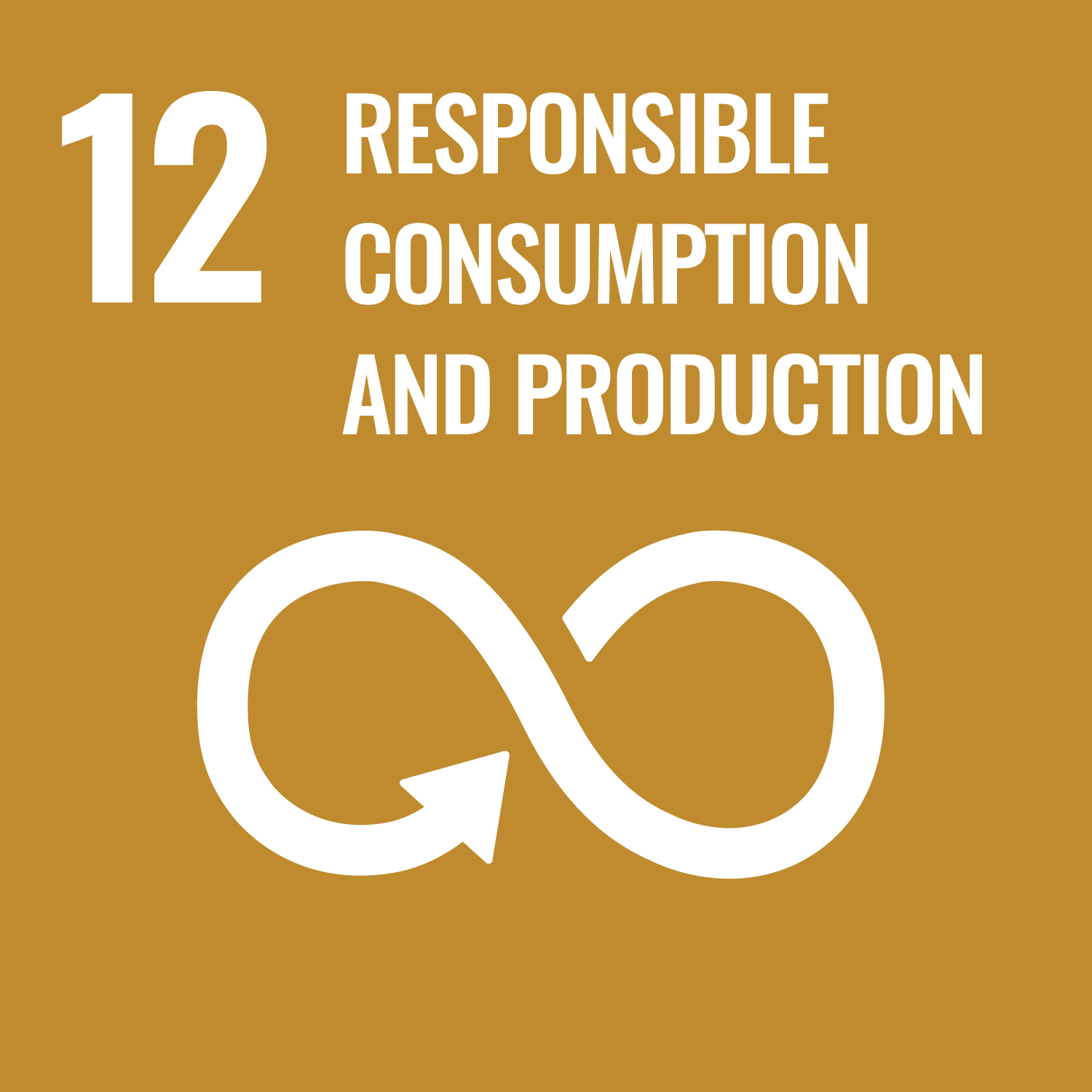Sustainable Development Goal 12 (SDG 12) aims to “ensure sustainable consumption and production patterns” by 2030. This encompasses various targets, including reducing waste generation, promoting resource efficiency, and transitioning towards a circular economy. Analyzing the progress made by different countries is crucial to assess the path forward.
Top 5 Countries Leading in SDG 12:
- Denmark (85.68): Leads in waste management and recycling, with ambitious targets for reducing waste generation and promoting circular economy principles. (Source: Sustainable Development Report 2023)
- Sweden (85.43): Prioritizes resource efficiency and eco-design, promoting products with longer lifespans and lower environmental impact. (Source: Sustainable Development Report 2023)
- Norway (85.08): Invests heavily in renewable energy and sustainable food production, minimizing its environmental footprint. (Source: Sustainable Development Report 2023)
- Finland (86.76): Promotes sustainable consumption patterns through public awareness campaigns and incentives for eco-friendly choices. (Source: Sustainable Development Report 2023)
- Switzerland (84.83): Maintains high levels of resource efficiency and prioritizes responsible waste management practices. (Source: Sustainable Development Report 2023)
India’s Progress:
India’s SDG 12 score stands at 57.91, ranking it 138th globally. While the country has made some progress in waste management and renewable energy initiatives, challenges remain in addressing issues like resource overconsumption, plastic pollution, and unsustainable food production practices.
Key Achievements:
- Launched the Swachh Bharat Mission, leading to significant improvements in waste collection and sanitation coverage. (Source: Ministry of Housing and Urban Affairs)
- Implemented the National Clean Air Programme to address air pollution in major cities. (Source: Ministry of Environment, Forest and Climate Change)
- Increased renewable energy generation capacity, with a target of 500 GW by 2030. (Source: Ministry of New and Renewable Energy)
Areas for Improvement:
- Per capita resource consumption remains high, exceeding global averages in some sectors. (Source: World Bank)
- Plastic pollution continues to pose a major environmental threat, with inadequate waste management infrastructure. (Source: Central Pollution Control Board)
- Unsustainable agricultural practices contribute to soil degradation and resource depletion. (Source: NITI Aayog)
What India Can Do:
- Promote sustainable consumption patterns: Raise awareness about environmental impacts and encourage responsible choices among consumers.
- Strengthen waste management systems: Invest in recycling and composting infrastructure to increase waste diversion rates.
- Adopt circular economy principles: Design products for longer lifespans and encourage reuse and repair instead of disposal.
- Improve resource efficiency: Implement technologies and practices that minimize resource use in production and consumption processes.
- Promote sustainable food production: Support farmers in adopting sustainable practices and encourage the consumption of locally produced food.
Source of Information:
- Sustainable Development Report 2023: https://dashboards.sdgindex.org/: https://dashboards.sdgindex.org/
- Ministry of Housing and Urban Affairs: https://mohua.gov.in/: https://mohua.gov.in/
- Ministry of Environment, Forest and Climate Change: https://envfor.nic.in/: https://envfor.nic.in/
- Ministry of New and Renewable Energy: https://mnre.gov.in/: https://mnre.gov.in/
- World Bank: https://www.worldbank.org/: https://www.worldbank.org/
- Central Pollution Control Board: https://cpcb.nic.in/: https://cpcb.nic.in/
- NITI Aayog: https://niti.gov.in/: https://niti.gov.in/
By addressing these challenges and prioritizing sustainable consumption and production practices, India can strive towards achieving SDG 12 and create a more resource-efficient and environmentally responsible future for its citizens.

